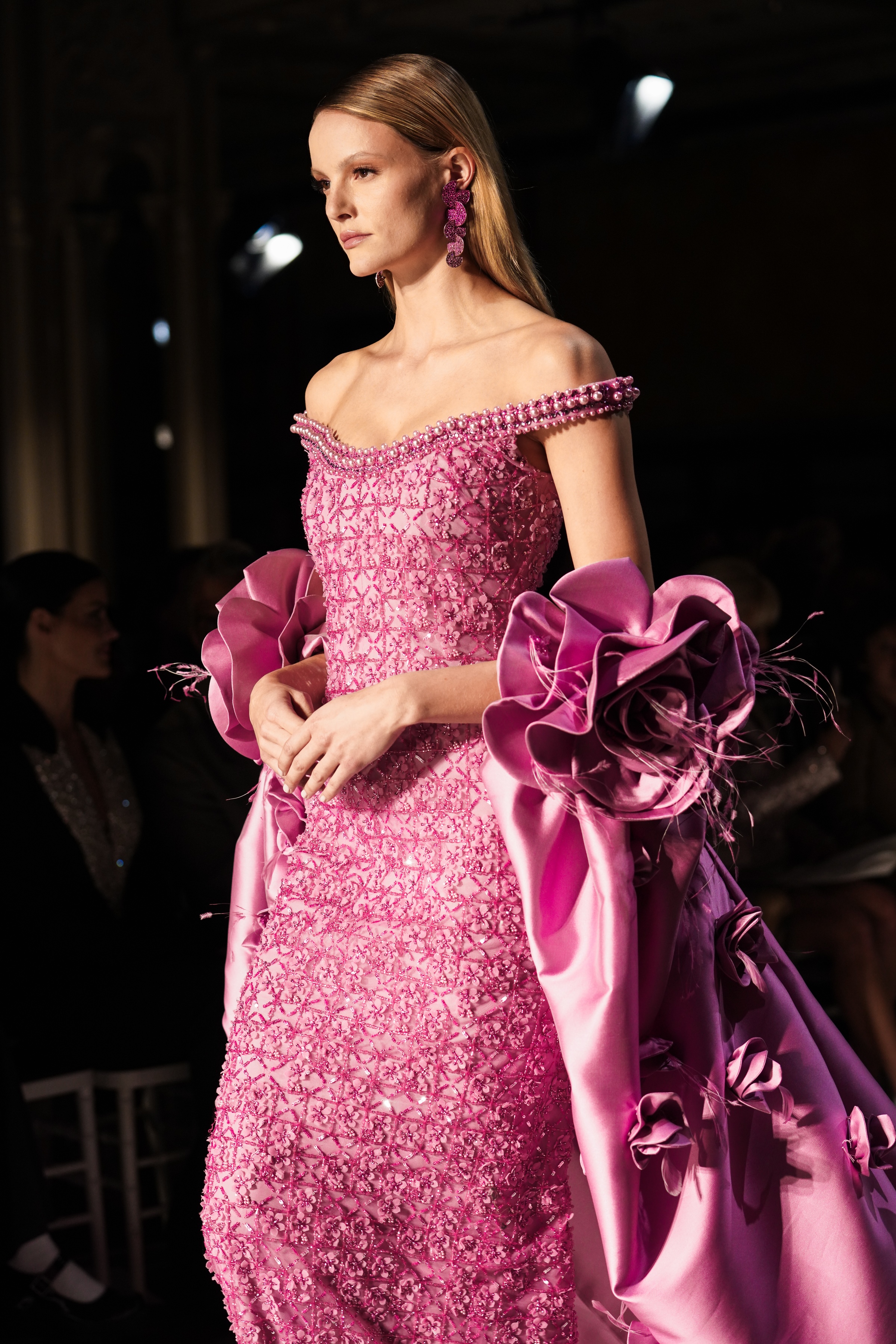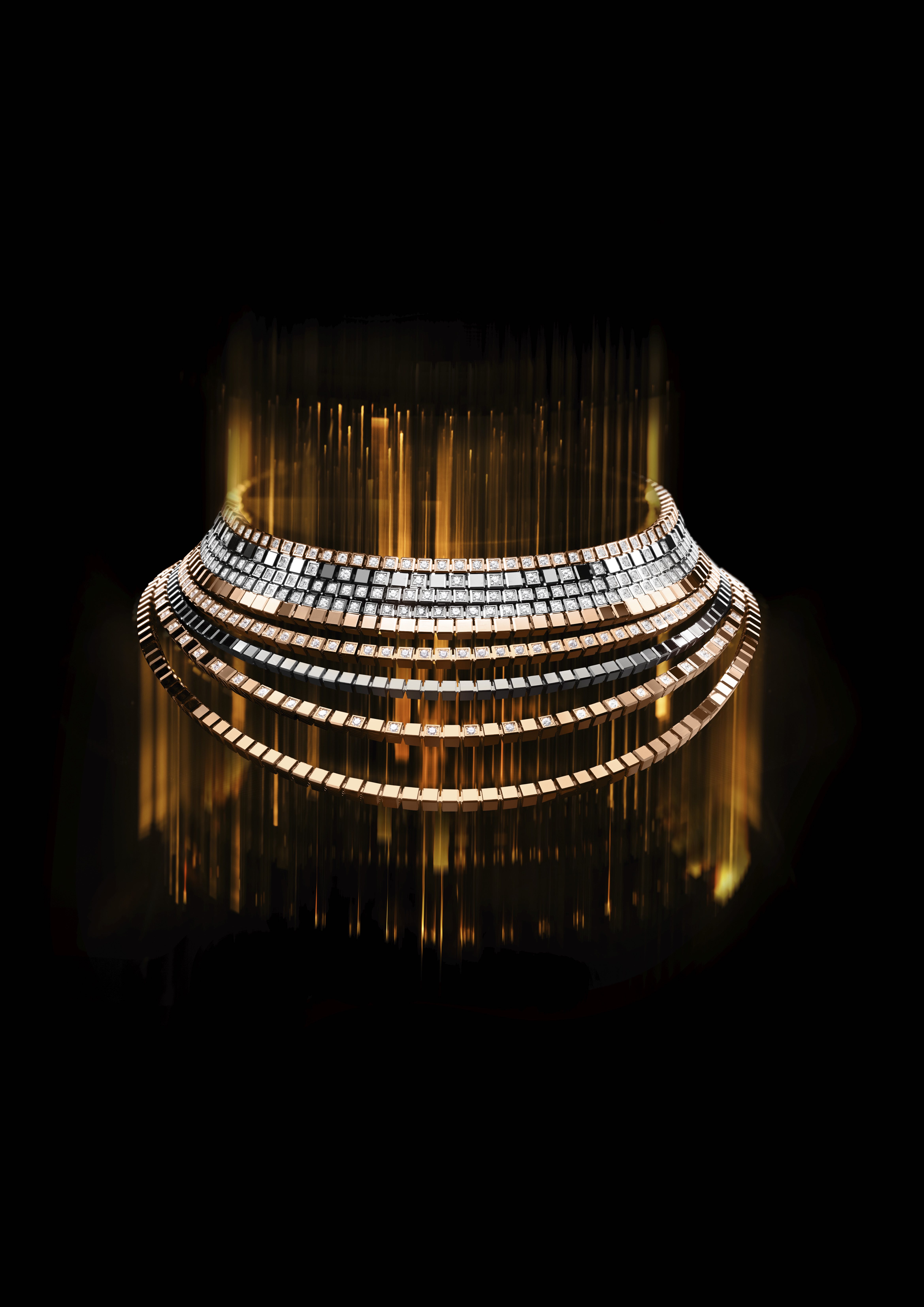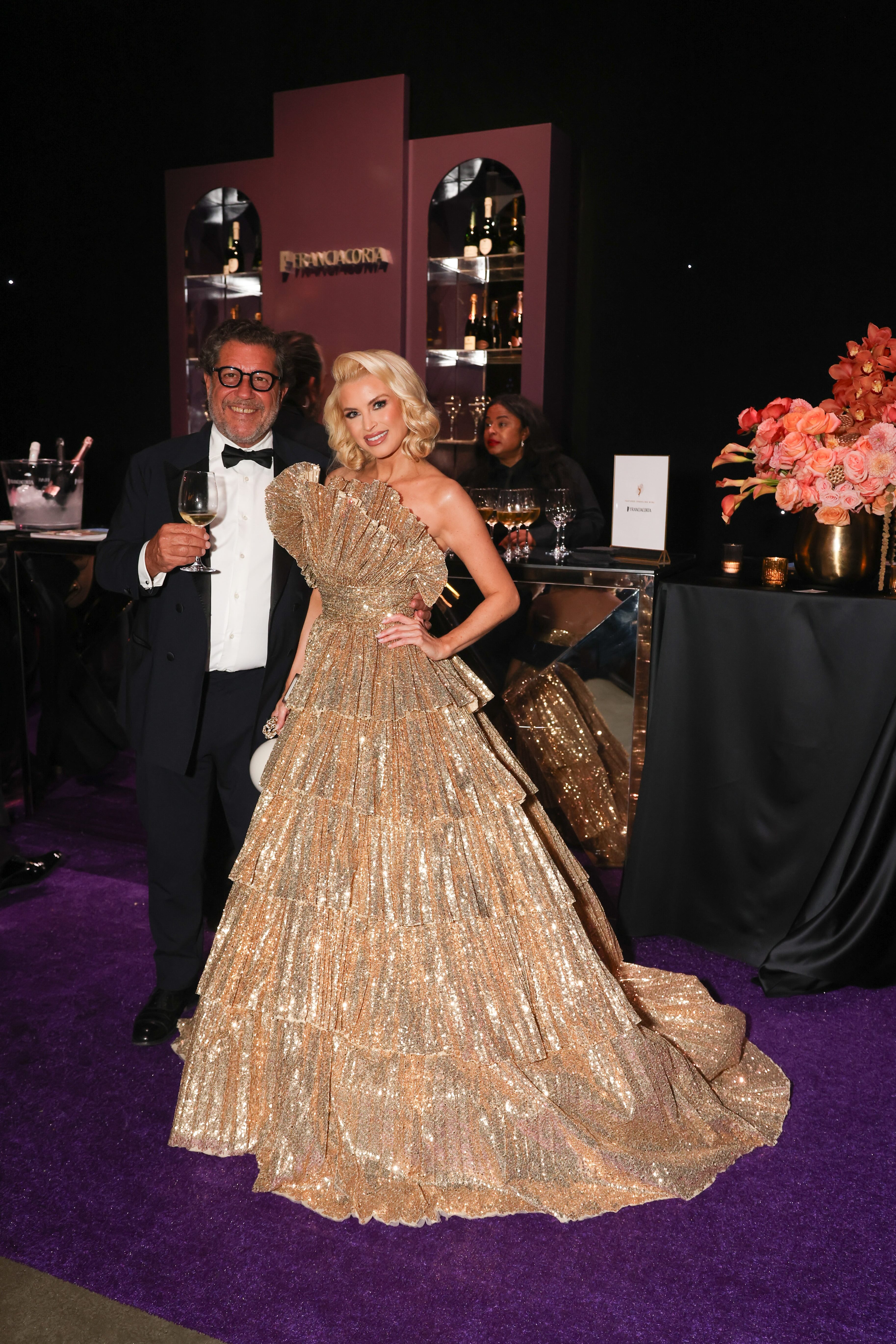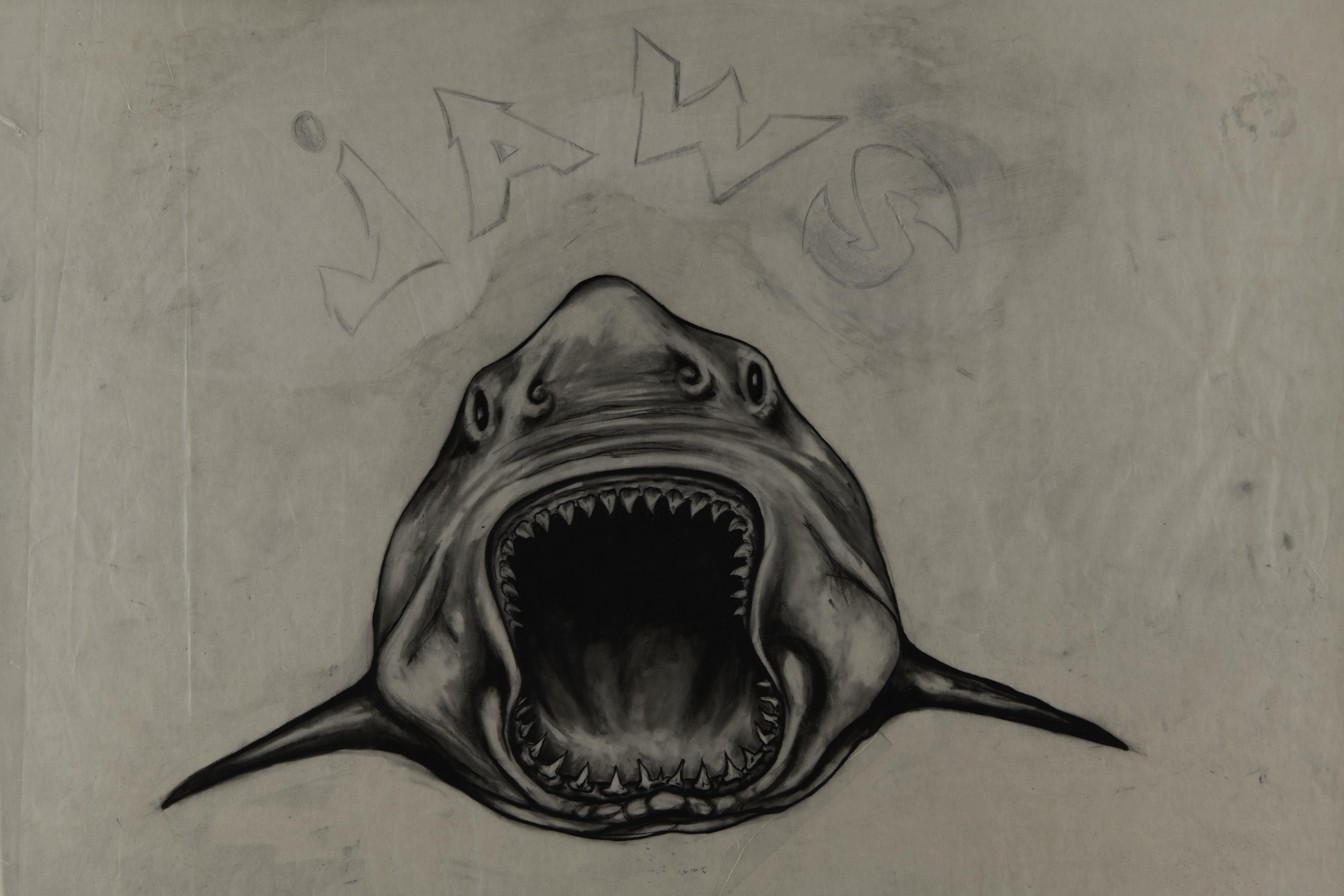



























[](https://flaunt-mag.squarespace.com/config/pages/587fe9d4d2b857e5d49ca782#)[](https://flaunt-mag.squarespace.com/config/pages/587fe9d4d2b857e5d49ca782#)
Robotripping: Palaces
Here We Are...
\*In the garden of the great palace there is a mountain on which there is another palace, and it is the finest and richest one could imagine
\*All the walls are covered with red skins that are from animals called pacies
\*These skins are as red as blood, and so shiny in the sun that one can barely look at them.
\* In the middle of the palace there is a raised platform that is adorned everywhere with gold and precious stones and large pearls
\*All around there are large gold nets, and cloths made of silk and gold hang everywhere from this platform
\*At the head of the hall is the emperor’s throne which is made of fine precious stones bordered all around with fine gold
\*The steps to the platform are all made of different precious stones and set in gold.
\*The emperor has his table all to himself that is made of gold and precious stones and white or yellow crystal bordered with gold and stones-
\*Whether with amethyst, or with lignum aloes, which comes from Paradise, or with ivory set in and bordered with gold.
\*At great feasts, gold tables are brought in with gold peacocks or other kinds of birds all made of gold and enameled and very nobly wrought-
\*And they are made to dance and flutter and beat their wings, and great tricks are done with them
\*All the vessels with which food is served in his halls and his rooms are made of precious stones
\*All their goblets are of emeralds and sapphires, of topazes, peridots, and many other stones.
\*They do not value silver enough to make vessels from it, but they use it to make steps and pillars and paved floors in the halls and rooms.
#### All excerpts from **The Book of John Mandeville -** Chapter 23 _(About the Great Chan of Cathay. About the Royal Dignity of His Palace. And How He Sits to Eat and About the Large Number of Servants Who Serve Him)_ E**dited and translated by Iain Macleod Higgins, Hackett Publishing, 2011** First appeared ca. 1357
 

 

 

 

 

 

 

 

 

 

 

 

 

 
[](https://flaunt-mag.squarespace.com/config/pages/587fe9d4d2b857e5d49ca782#)[](https://flaunt-mag.squarespace.com/config/pages/587fe9d4d2b857e5d49ca782#)
Robotripping: Palaces
Here We Are...
\*In the garden of the great palace there is a mountain on which there is another palace, and it is the finest and richest one could imagine
\*All the walls are covered with red skins that are from animals called pacies
\*These skins are as red as blood, and so shiny in the sun that one can barely look at them.
\* In the middle of the palace there is a raised platform that is adorned everywhere with gold and precious stones and large pearls
\*All around there are large gold nets, and cloths made of silk and gold hang everywhere from this platform
\*At the head of the hall is the emperor’s throne which is made of fine precious stones bordered all around with fine gold
\*The steps to the platform are all made of different precious stones and set in gold.
\*The emperor has his table all to himself that is made of gold and precious stones and white or yellow crystal bordered with gold and stones-
\*Whether with amethyst, or with lignum aloes, which comes from Paradise, or with ivory set in and bordered with gold.
\*At great feasts, gold tables are brought in with gold peacocks or other kinds of birds all made of gold and enameled and very nobly wrought-
\*And they are made to dance and flutter and beat their wings, and great tricks are done with them
\*All the vessels with which food is served in his halls and his rooms are made of precious stones
\*All their goblets are of emeralds and sapphires, of topazes, peridots, and many other stones.
\*They do not value silver enough to make vessels from it, but they use it to make steps and pillars and paved floors in the halls and rooms.
#### All excerpts from **The Book of John Mandeville -** Chapter 23 _(About the Great Chan of Cathay. About the Royal Dignity of His Palace. And How He Sits to Eat and About the Large Number of Servants Who Serve Him)_ E**dited and translated by Iain Macleod Higgins, Hackett Publishing, 2011** First appeared ca. 1357

[](https://flaunt-mag.squarespace.com/config/pages/587fe9d4d2b857e5d49ca782#)[](https://flaunt-mag.squarespace.com/config/pages/587fe9d4d2b857e5d49ca782#)
Robotripping: Palaces
Here We Are...
\*In the garden of the great palace there is a mountain on which there is another palace, and it is the finest and richest one could imagine
\*All the walls are covered with red skins that are from animals called pacies
\*These skins are as red as blood, and so shiny in the sun that one can barely look at them.
\* In the middle of the palace there is a raised platform that is adorned everywhere with gold and precious stones and large pearls
\*All around there are large gold nets, and cloths made of silk and gold hang everywhere from this platform
\*At the head of the hall is the emperor’s throne which is made of fine precious stones bordered all around with fine gold
\*The steps to the platform are all made of different precious stones and set in gold.
\*The emperor has his table all to himself that is made of gold and precious stones and white or yellow crystal bordered with gold and stones-
\*Whether with amethyst, or with lignum aloes, which comes from Paradise, or with ivory set in and bordered with gold.
\*At great feasts, gold tables are brought in with gold peacocks or other kinds of birds all made of gold and enameled and very nobly wrought-
\*And they are made to dance and flutter and beat their wings, and great tricks are done with them
\*All the vessels with which food is served in his halls and his rooms are made of precious stones
\*All their goblets are of emeralds and sapphires, of topazes, peridots, and many other stones.
\*They do not value silver enough to make vessels from it, but they use it to make steps and pillars and paved floors in the halls and rooms.
#### All excerpts from **The Book of John Mandeville -** Chapter 23 _(About the Great Chan of Cathay. About the Royal Dignity of His Palace. And How He Sits to Eat and About the Large Number of Servants Who Serve Him)_ E**dited and translated by Iain Macleod Higgins, Hackett Publishing, 2011** First appeared ca. 1357


















